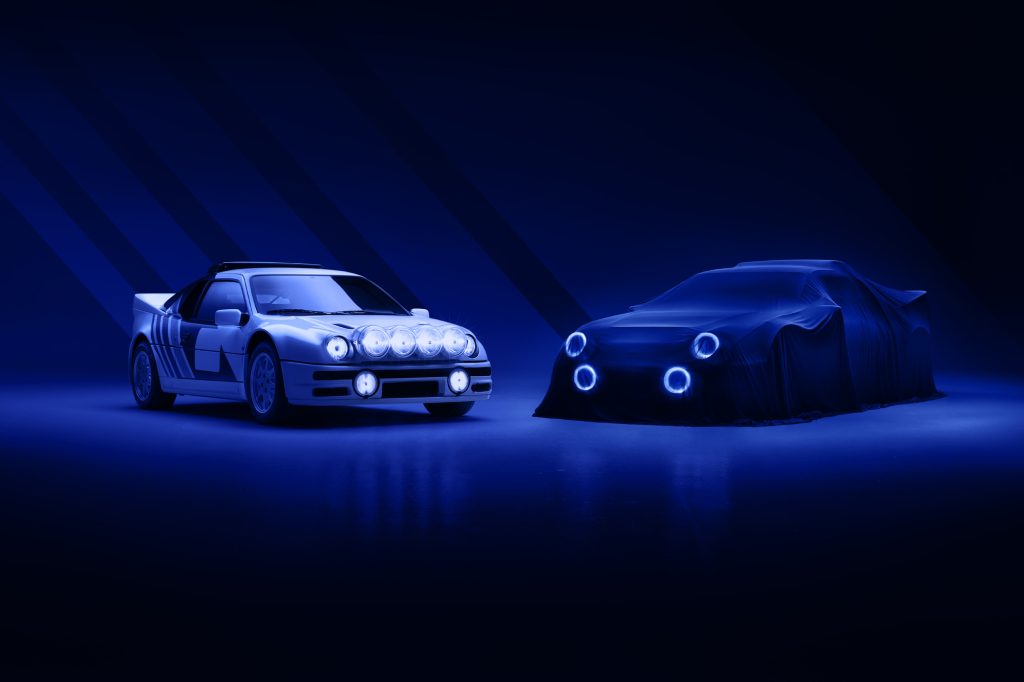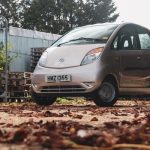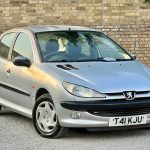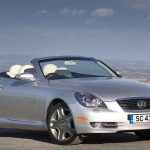Forty years since first presenting its RS200, Ford has confirmed the Group B rally car’s return as a ‘remastered’ model inspired by the original. There’s much anticipation around this new ‘ground up’ build, but the 40th anniversary is also a chance to revisit the RS200’s challenging gestation and development with test driver Malcolm Wilson.
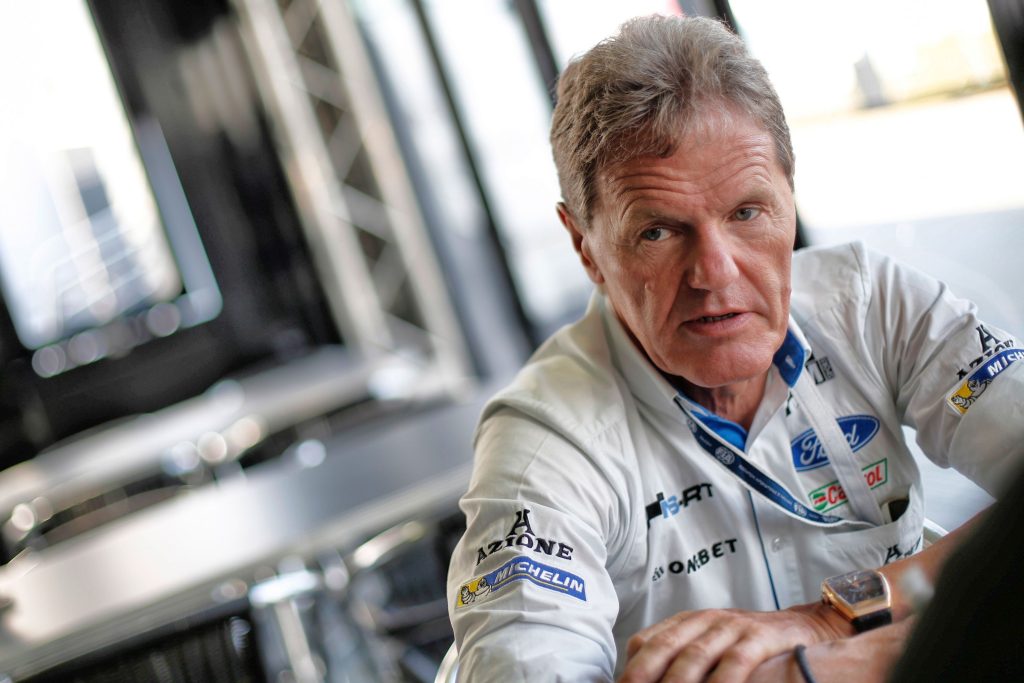
Today, Wilson is the 68-year-old boss of M-Sport, the motorsport preparation business he initially founded as Malcolm Wilson Motorsport Ltd in 1979. Ford has been a near-constant customer since M-Sport won the works contract in 1996, and it still develops and runs Ford-backed Puma WRC cars to this day, alongside involvement in Ford’s Dakar activities and the Mustang GT3 engine programme.

A year or so before the RS200’s motorshow debut in 1984, though, Wilson – then a professional rally driver – was not just first behind the wheel, but the only person to test the RS200 before Ford signed Stig Blomqvist for ’86.
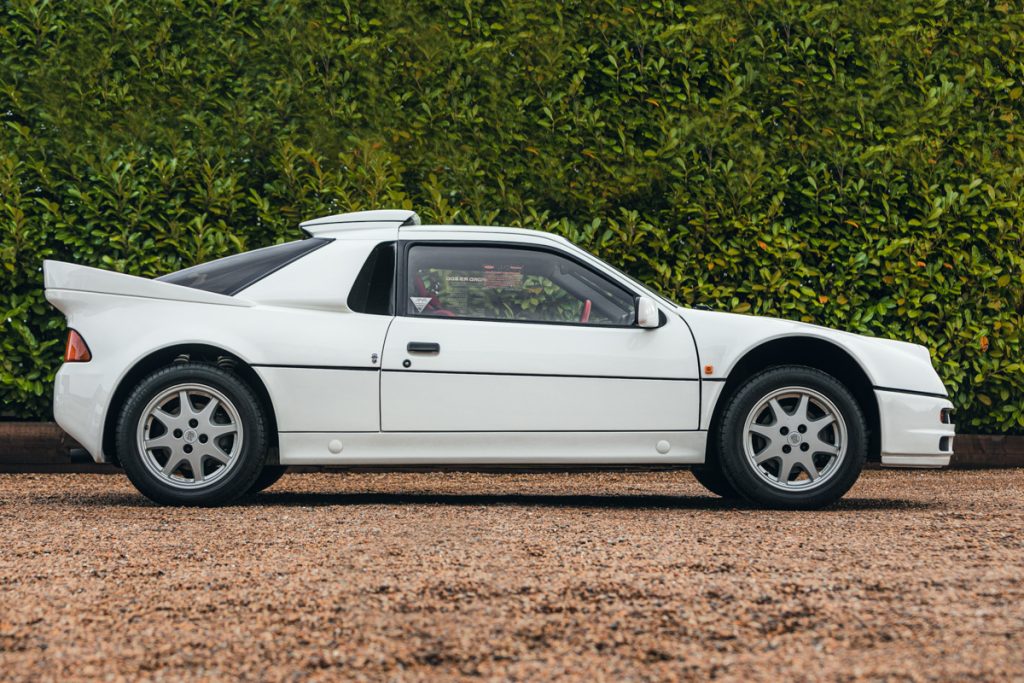
Already well associated with Fords, Wilson had risen to prominence as a top-flight driver in late 1970s Group 4 competition. Early promise saw him progress to a self-prepared Ford-supplied Escort, and though Ford had quit the World Rally Championship after its championship-winning 1979 season, Wilson would soon drive for the Rothmans team – the next best thing.
But by 1982, Rothmans was sponsoring Opel, Wilson was again fielding his own car, and Ford was preparing to make a WRC comeback in line with new Group B rules.
“I wanted to stay in a Ford, so in 1982 I looked to get experience on events outside the UK with my own car, but then got drafted in for a test with the RS1700T project,” Wilson remembers. “From then until that project got cancelled, I was basically used for all the testing.”

Before the RS200 came along, the RS1700T was conceived as Ford’s Group B contender and the car to pick up where the Mk2 left off while exploiting the new, more liberal Group B rules. Crucially, where Group 4 mandated 400 units of a car be produced to be eligible for competition, Group B reduced that to just 200.
Cue far more radical designs, as the RS1700T attests.
Using the new Mk3 Escort’s bodyshell (the first with front-wheel drive), the RS1700T radically engineered everything else – a switch to rear-wheel drive and the turbocharged Cosworth-developed 1.8-litre engine being most obvious, though numerous detail changes further distanced it from other Escorts.
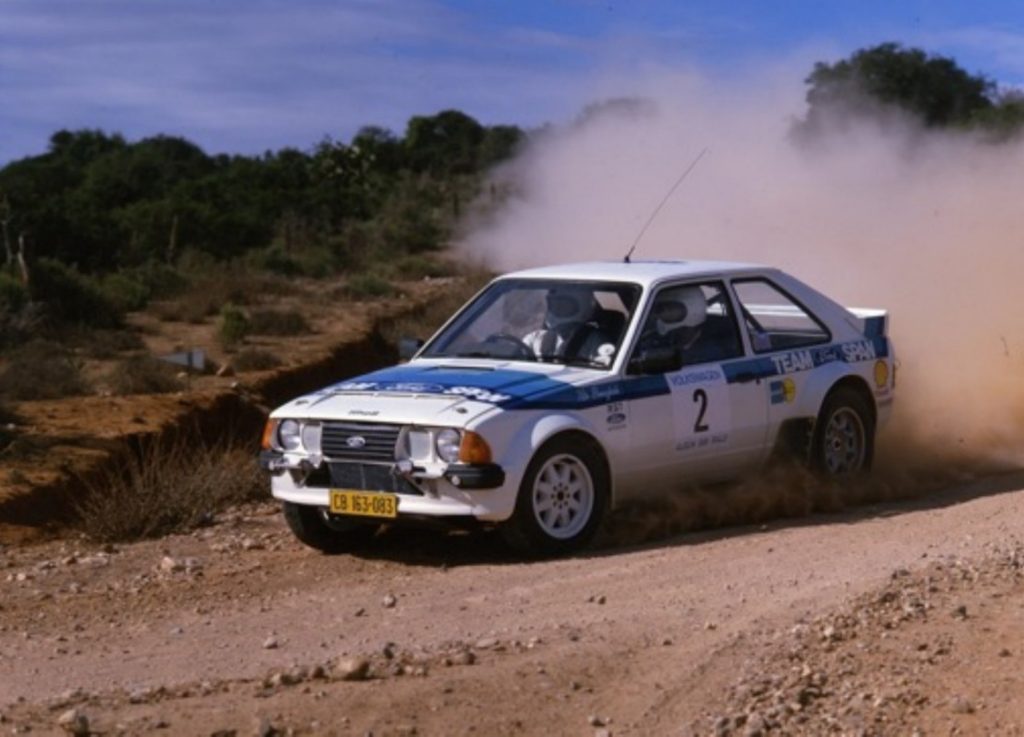
“The RS1700T had the turbo engine so it was more powerful than the Mk2,” Wilson says. “There was an advantage with weight distribution because we had the transaxle and it had independent rear suspension, so traction was much better. The last test I did in it was in Wales with Hannu Mikkola’s 1979 RAC-winning Mk2, where we were something like three seconds a mile quicker.”
Yet that still wouldn’t have been fast enough against the new all-wheel-drive Quattro (initially a Group 4 car, later adapted to Group B). Newly appointed Ford of Europe motorsport boss Stuart Turner soon canned the project.
“It was the correct decision because while the RS1700T would’ve been really good on tarmac, it would’ve been at a big disadvantage on tarmac,” says Wilson. “The amounts Ford had invested up to that point were eye-watering though!”

Ford’s decision also left Wilson without a drive for 1983, leading him to put his own cash into a Quattro he first drove later in 1982 – an ex-Blomqvist car with which the Swede had helped secure Audi the WRC manufacturers’ title in 1982.
“The Quattro was totally alien to me because I’d never driven anything front biased, and I just couldn’t get my head round how much traction you could get from the four-wheel drive,” Wilson explains. “It had a fixed centre diff, so you couldn’t do hairpins or handbrakes or anything like that, and there was a great big turbo with no anti-lag back then, so it was challenging to drive, but once you mastered the thing with left-foot braking, it was very rewarding.”
In fact, Ford would use Wilson’s own Audi for benchmarking against the RS200. But where the Quattro had simply evolved a Group 4 production car for the new rules, by 1983 more radical designs were fully exploiting them. These cars shared very little with their showroom counterparts, the mid-engined Lancia 037 and Peugeot 205 T16 among them.
Ford followed suit with the RS200, a two-seat all-wheel-drive coupe bearing only a passing resemblance to mainstream models.
Designed by Formula 1 designer Tony Southgate and Formula 1 engineer John Wheeler, the RS200 featured a composite body over an aluminium honeycomb chassis to which steel subframes were connected front and rear.


The subframes supported twin dampers and double wishbones all-round and – at the rear – the all-aluminium Cosworth BDT engine, which carried over from the RS1700T.
It produced 250bhp as a road car, more than 420bhp in competition trim, and sent power to all four wheels via an innovative/over-complicated FF Developments drivetrain.
Unusually, the mid-engined RS200 located its gearbox up front for superior weight distribution compared with a transaxle, the compromise being power first travelled up to the gearbox and then back down to the rear wheels.
Development was troubled, and even when the RS200 was first shown to the public at the 1984 Turin motor show (Ghia was responsible for the styling, the Italian design studio owned by Ford), it was still a long way from being rally ready.
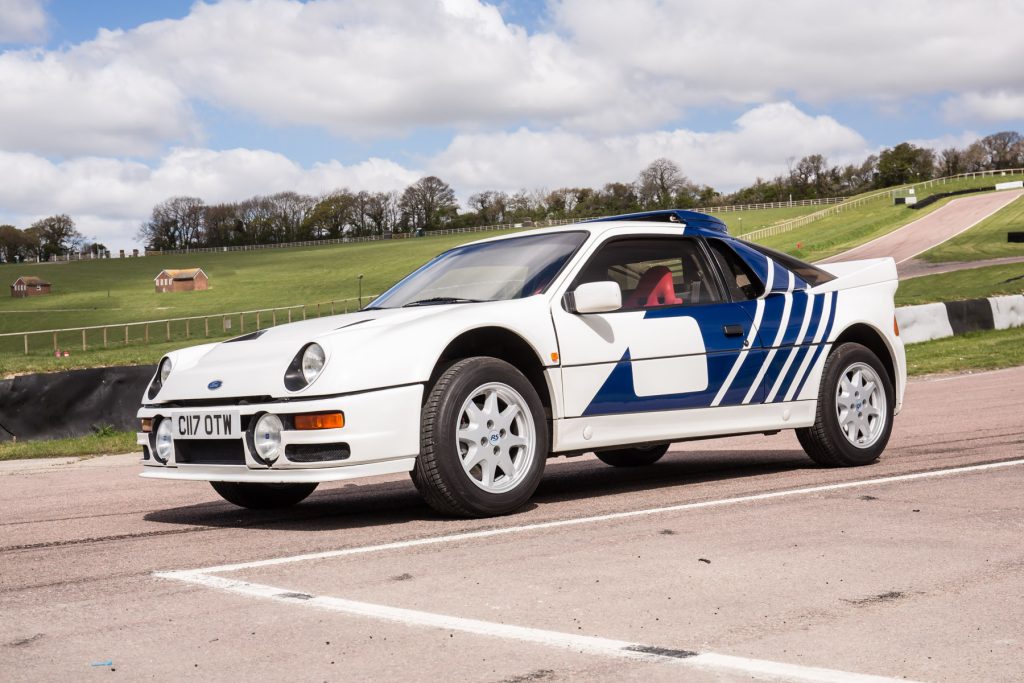
“The RS200 concept was very good, but I drove the first car ever to turn a wheel and in those early days we had a lot of basic issues with cooling, the transmission was complex, the high torque output stressed transmission mountings, and there were temperature issues for the three viscous differentials,” says Wilson.
He even recalls working through the night in Portugal to remedy issues during one particularly gruelling test session. Fundamentally, though, the young test driver was convinced the RS200 was a highly promising package.
“We were at a disadvantage in terms of weight [of 1180kg] compared to some of the other Group B cars, but the potential was huge,” enthuses Wilson. “The balance, weight distribution and smaller size was a big plus versus the Quattro, and it was unbelievable on rough terrain with the twin dampers and double wishbones on every corner – we just didn’t have any degradation in damper performance.”
Wilson gave the RS200 its competitive debut in September 1985, winning the (non-world-championship) Lindisfarne rally against the Metro 6R4 as the likes of Hannu Mikkola and Provide boss David Richards watched on.
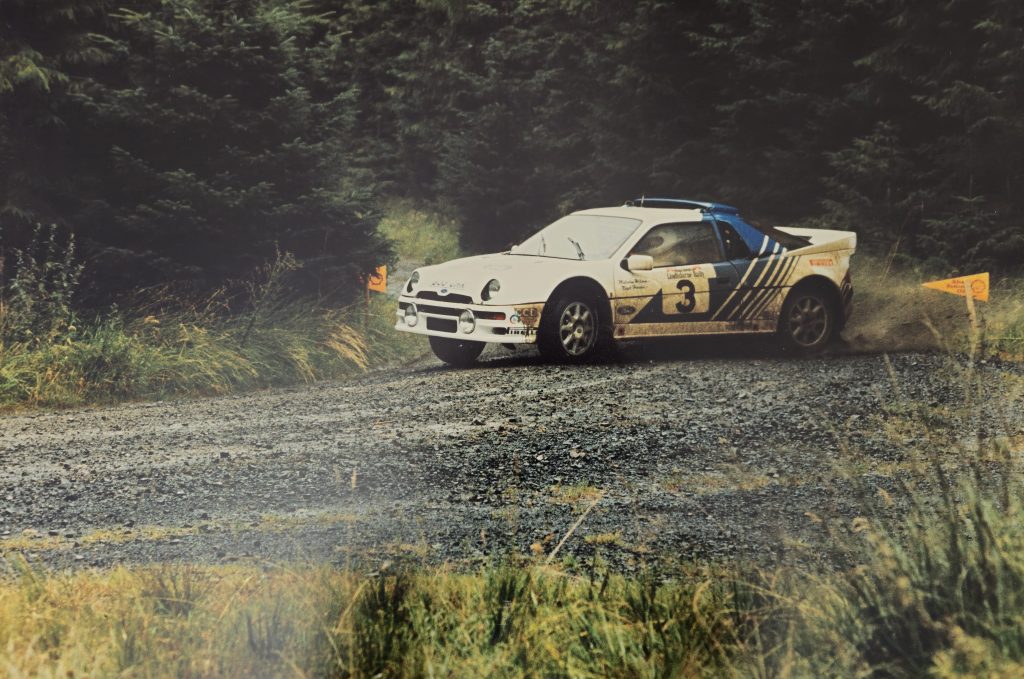
He then continued with Ford as sole test driver until Stig Blomqvist signed with the Blue Oval for ’86 and three-time F1 champion Jackie Stewart chipped in with road-car development. Wilson subsequently moved to Austin Rover to drive the 6R4, in part because the British maker offered a three-year contract to Ford’s two.
Late to the party due to the cancelled RS1700T project, the RS200’s WRC career was then cut prematurely short. It entered fewer than half of the 13 rallies in Group B’s final 1986 season, was driven to a best of third place on Rally Sweden by Kalle Grundel but also played its part in Group B’s demise when RS200-driver Joaquim Santos crashed into spectators in Portugal that year.
In the wake of Lancia’s Henri Toivonen and Sergio Cresto dying in a fireball on Corsica, Group B was cancelled and the RS200’s obvious potential left unfulfilled.
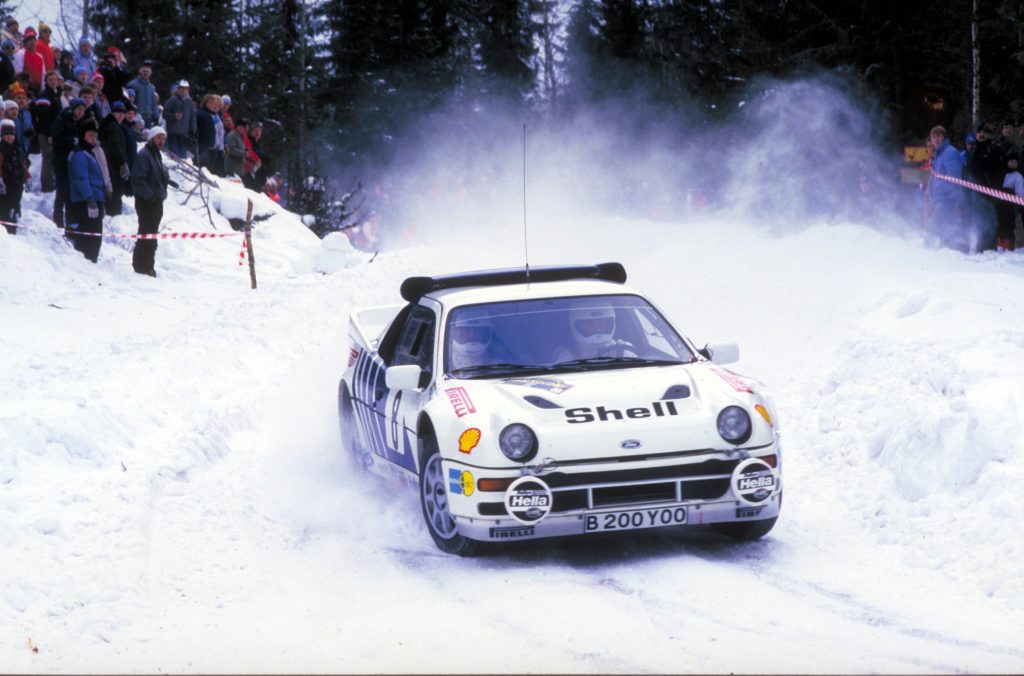
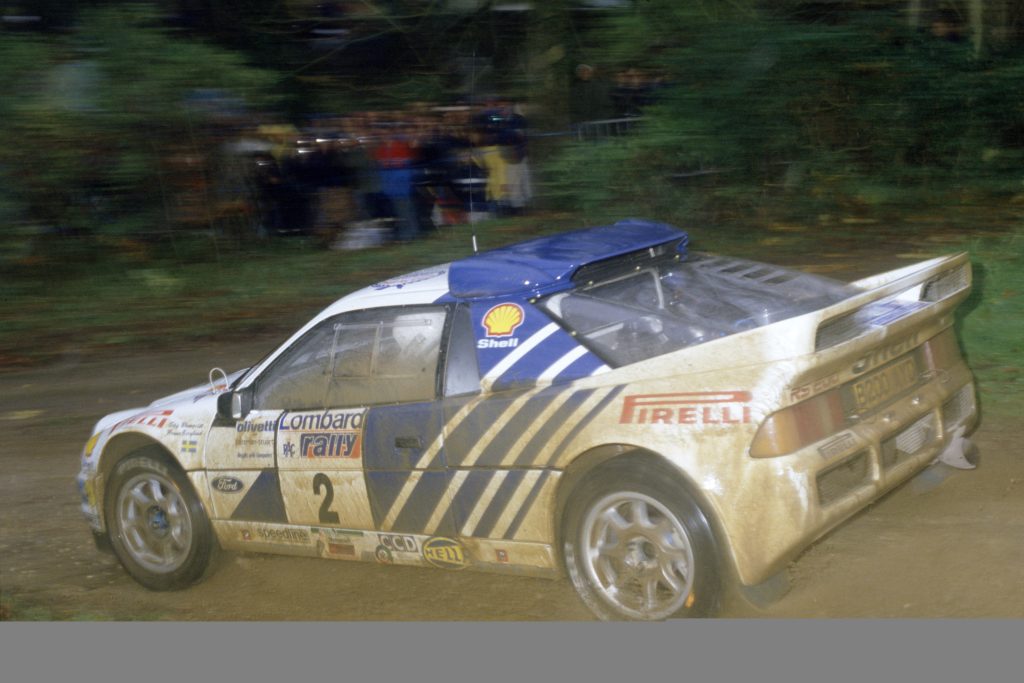
“It didn’t feel out of control with the RS200 or the 6R4 I was driving, but when it started getting up to 600bhp in the last year with the Quattros and everything, there’s no question that was a step too far,” says Wilson, “especially when you see how things have evolved today with transmission and suspension, because the Group B cars were nowhere near as refined.”
But the volatility that killed Group B is inseparable from its enduring appeal, and Ford would’ve been unlikely to bring back the RS200 without it.
For the sake of all those involved in the new model, let’s hope development isn’t quite as pained as it was when Malcolm Wilson first got behind the wheel 40 years ago.
